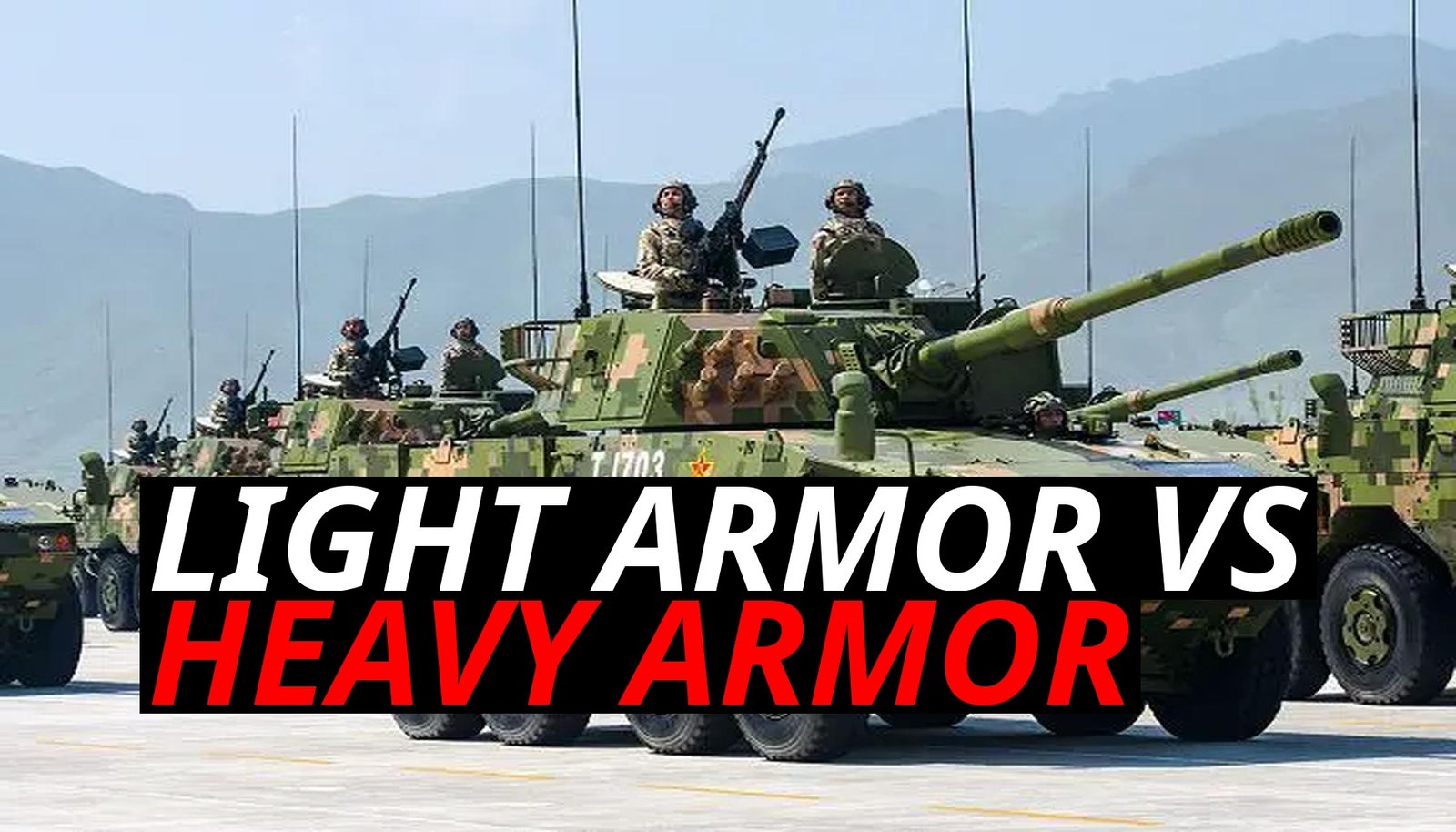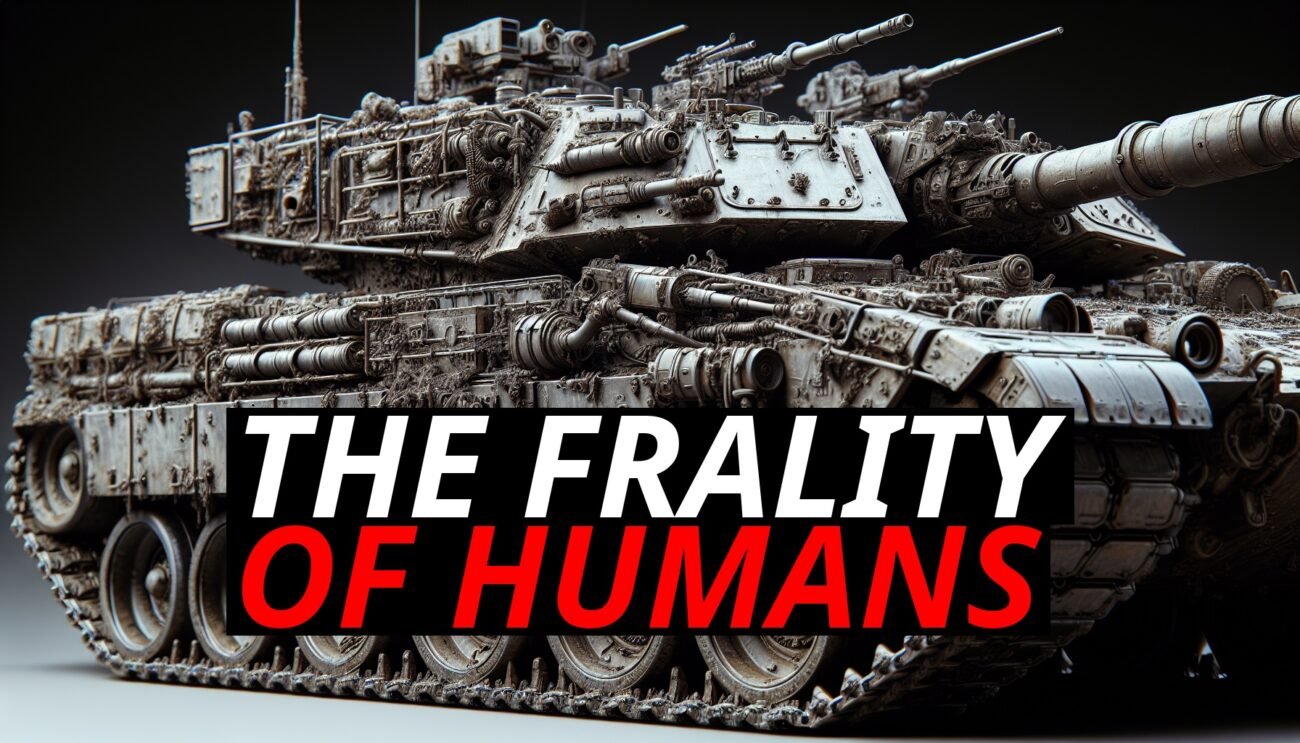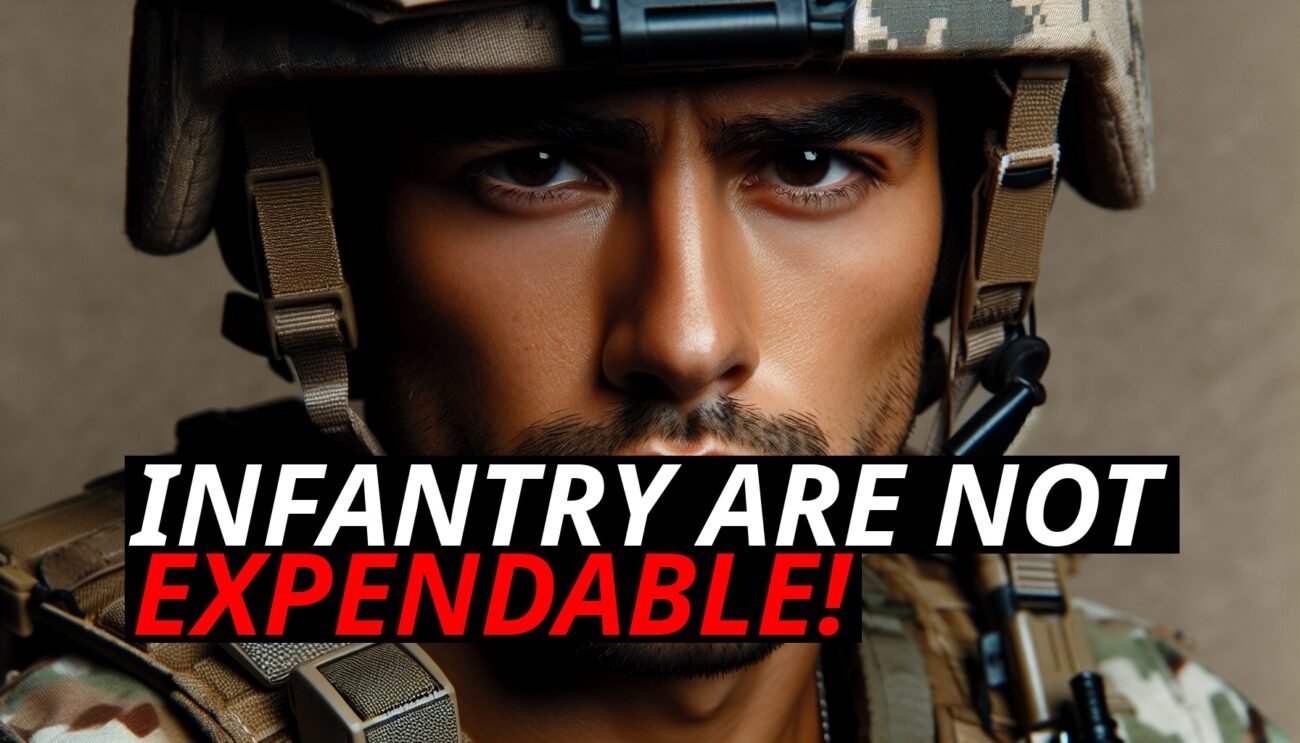In modern warfare, the most valuable asset of any military is its personnel, not its equipment. Equipment can be mass-produced on assembly lines, but it takes 18 years to produce a soldier and extensive training to make them effective. Therefore, the strategic aim is to minimize human casualties while depriving the enemy of their ability to wage war. Here’s why tanks are indispensable and why fire support vehicles, although useful in certain contexts, fall short in symmetrical combat.
The key to winning a war strategically is minimizing your casualties. On the modern battlefield, with its extensive and powerful firepower, every unit must have a means of staying alive and not getting killed. There are several ways to achieve this:
- Not Being Seen: This is the best method for reconnaissance, logistics, and support units. By remaining hidden, these units avoid being targeted and can carry out their tasks without risk. However, if they are seen and fired upon, they tend to suffer significant casualties.
- Being Far Away: Artillery, mortars, and some logistics units fall into this category. These units operate from a distance, reducing the likelihood of being targeted. While they are vulnerable if located, their range keeps them relatively safe.
- Heavy Armor: This category is almost exclusively reserved for tanks. Tanks have the heavy armor needed to withstand direct hits, reducing the chance of being disabled and minimizing crew casualties if they are. They are also more likely to be repairable after being disabled. Tanks are the only units designed to survive direct frontline combat and should be the primary units in such roles.
- Being Disposable: Drones and other unmanned systems can take on risky tasks without risking human life. They are valuable for reconnaissance, targeted strikes, and other roles where the loss of the unit does not equate to a human casualty.
With these strategies in mind, the fundamental problem with fire support vehicles is that they are designed for direct combat but lack the survivability of tanks. In symmetrical combat, where both sides have similar capabilities, fire support vehicles become death traps. They are often touted as being cheaper than tanks, but this cost advantage disappears when you consider human casualties. Human losses are a significant, often irreplaceable, detriment to military effectiveness and societal morale.
Fire support vehicles may be useful in asymmetrical warfare, where the enemy lacks heavy weaponry. However, they should not be deployed in situations where they can be targeted by heavy weapons. Their lighter armor makes them vulnerable, and the attrition rate of their crews would be unsustainable in high-intensity combat.
Additionally, while fire support vehicles might seem cost-effective on the surface, the most expensive component is the trained crew members. Fire support vehicles require crews with similar training to those in tanks, but these crews are far more vulnerable. Therefore, in symmetrical conflict, mortar carriers and other indirect fire support systems are preferable as they avoid direct combat and reduce the risk to human life.
Weapons Dangerous To Fire Support Vehicles
Anti-Tank Guided Missiles (ATGMs): These missiles are designed to penetrate armor and are highly effective against lightly armored vehicles like fire support vehicles. They can be launched from various platforms, including infantry, vehicles, and aircraft, posing a significant threat. While tanks can be taken out by these things, remember even during a disable the tank’s crew often survives, not so much for a fire support vehicle.
Artillery and Mortars: High-explosive artillery shells and mortar rounds can cause catastrophic damage to fire support vehicles. These indirect fire weapons can deliver powerful explosives from a distance, making it difficult for fire support vehicles to avoid being hit.
Tank Guns: The primary armament of main battle tanks, such as the 120mm gun on the M1 Abrams, can easily destroy fire support vehicles. These guns are designed to penetrate heavy armor, making them overkill against lighter armored vehicles.
Rocket-Propelled Grenades (RPGs): While RPGs are more commonly associated with infantry, they can still pose a threat to fire support vehicles, especially in urban or close-quarters combat where engagement ranges are shorter.
Autocannons: Mounted on various armored vehicles and aircraft, autocannons can fire high-velocity rounds capable of penetrating light armor. They are effective at engaging fast-moving targets and can quickly disable fire support vehicles.
Improvised Explosive Devices (IEDs): In asymmetrical warfare, IEDs can be a significant threat to all types of vehicles, including fire support vehicles. These devices are often hidden and can cause severe damage when detonated.
In conclusion, tanks are essential in modern symmetrical warfare because they are the only units capable of surviving direct combat. Fire support vehicles, while useful in certain contexts, cannot fulfill this role without unacceptable human costs. To minimize casualties and maintain strategic effectiveness, tanks must remain the cornerstone of frontline combat operations.













